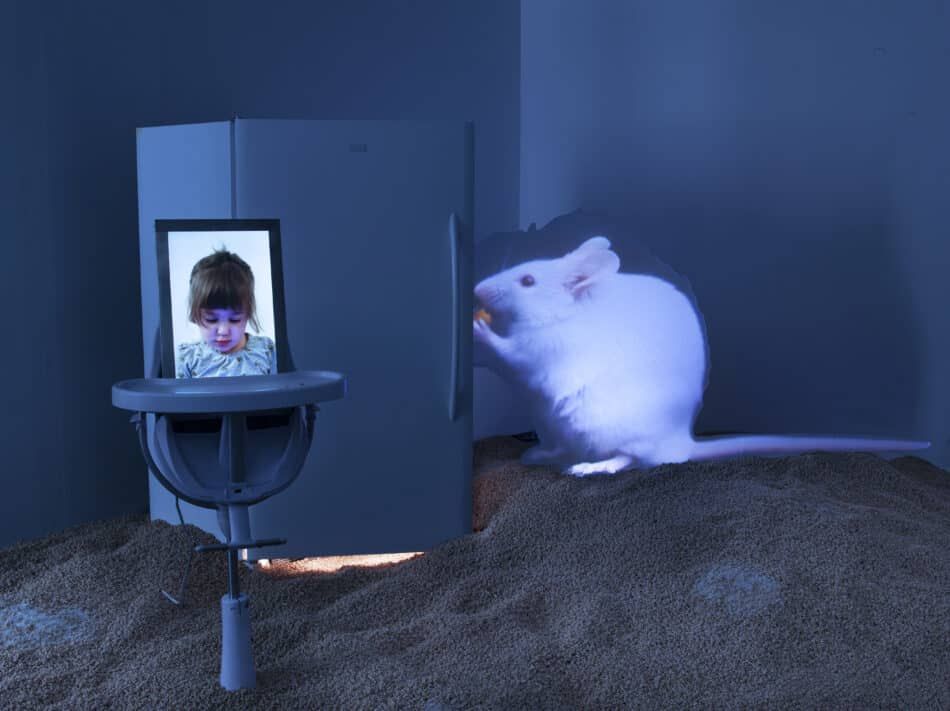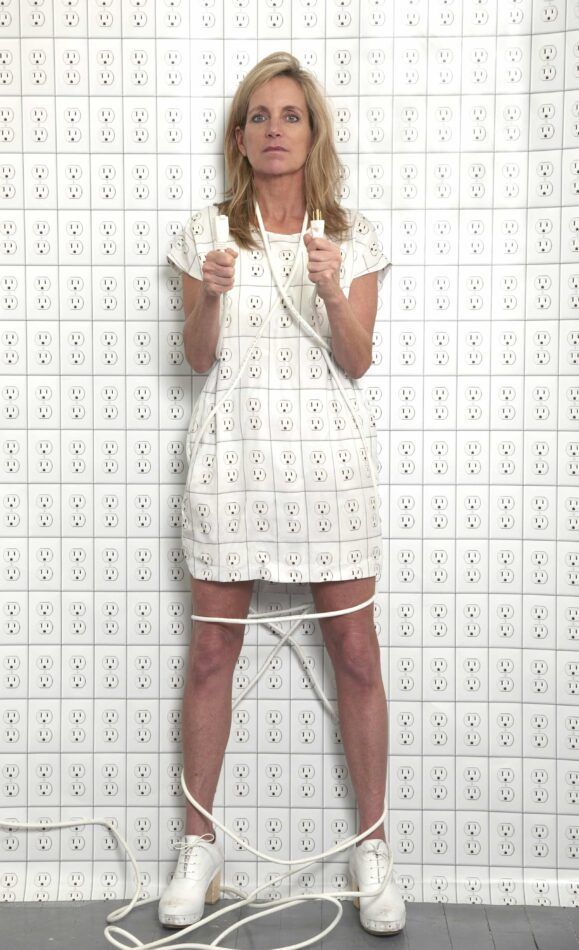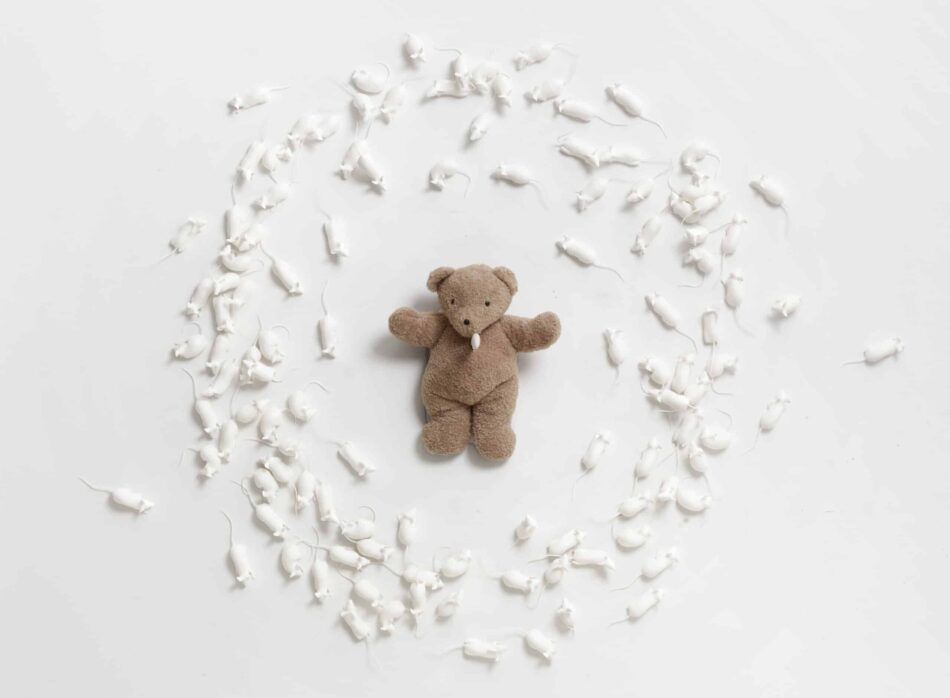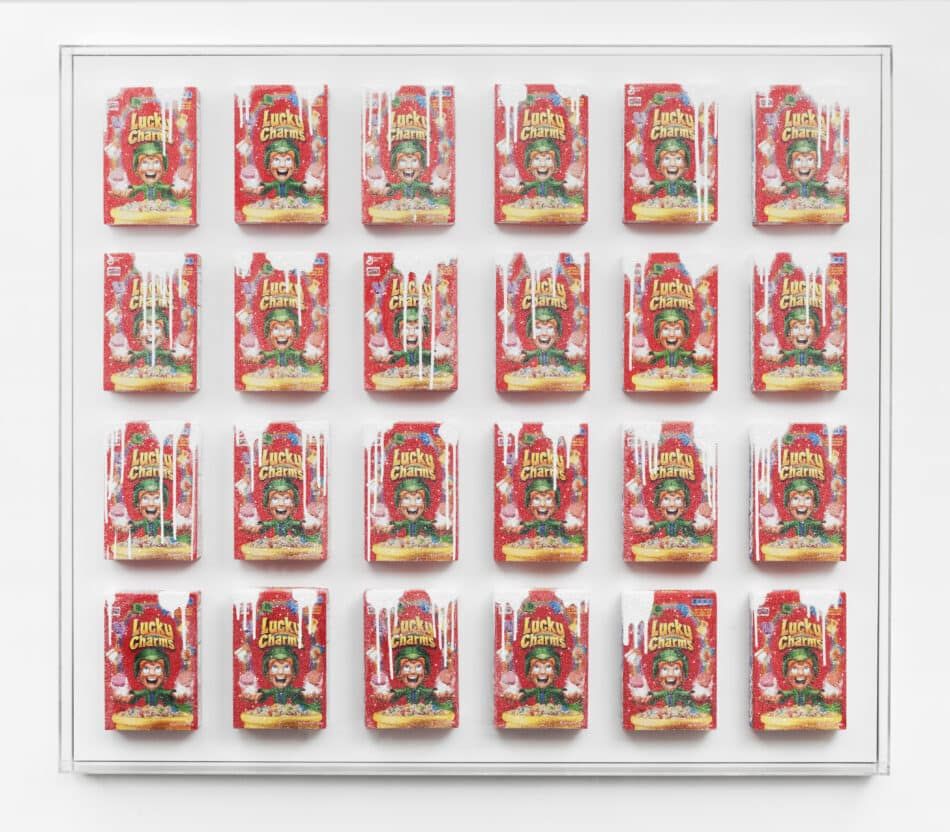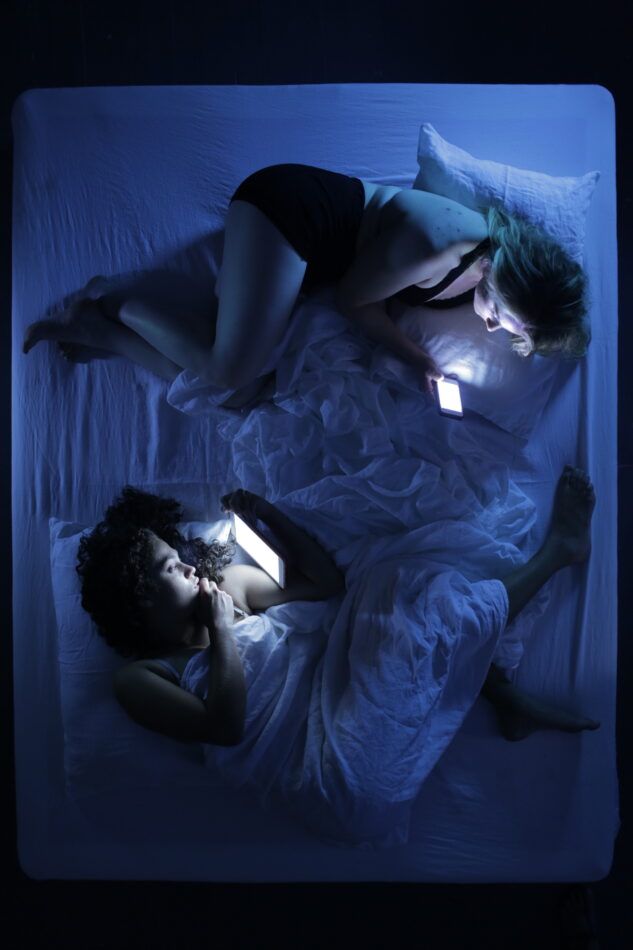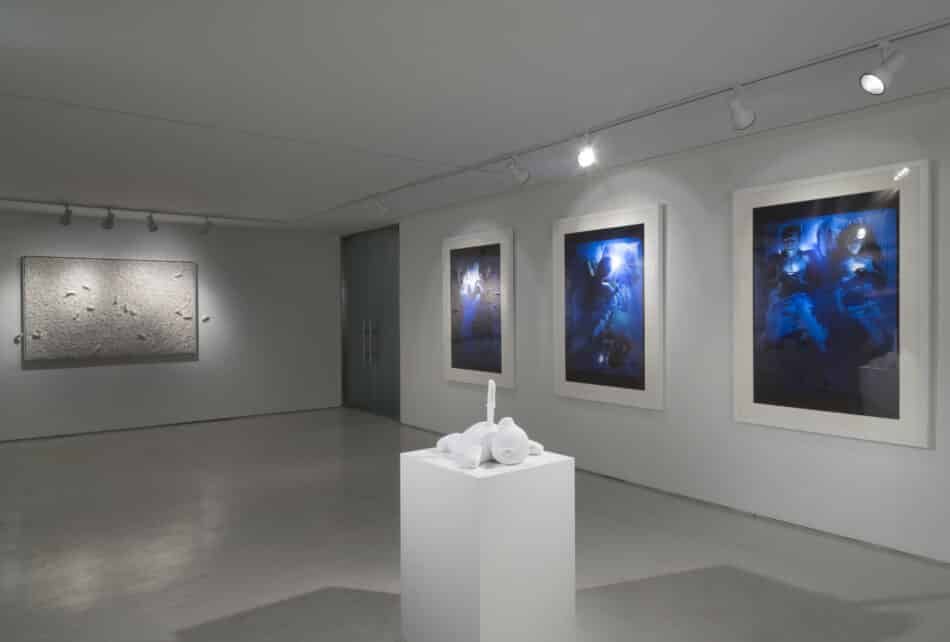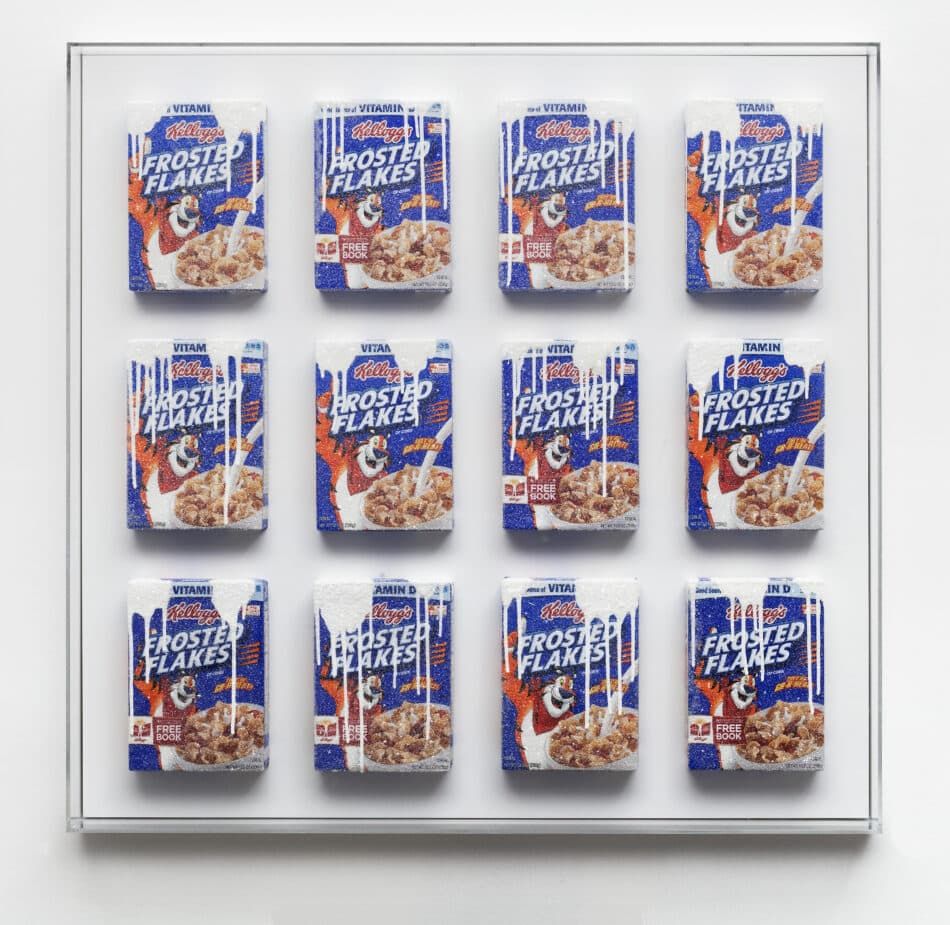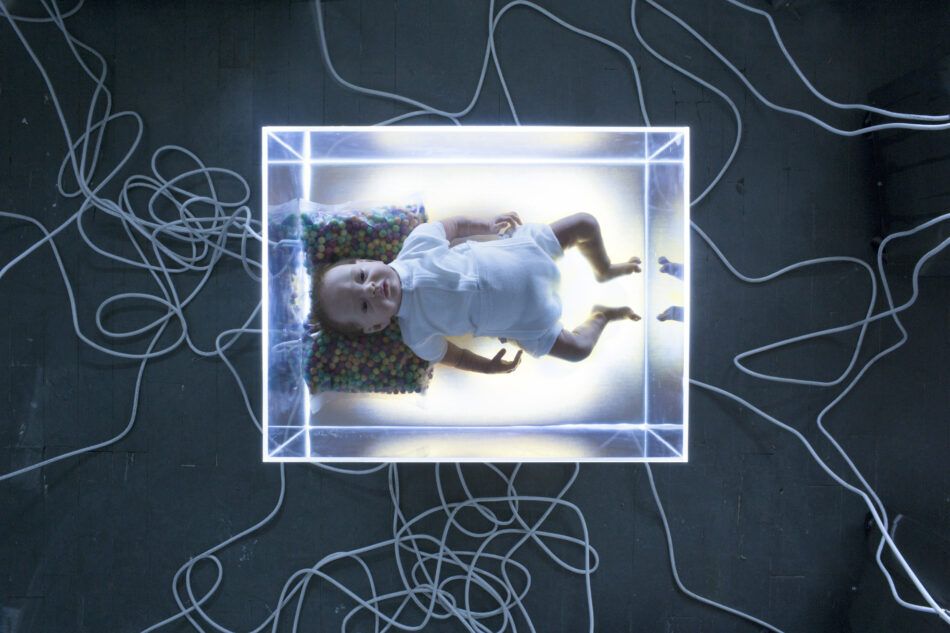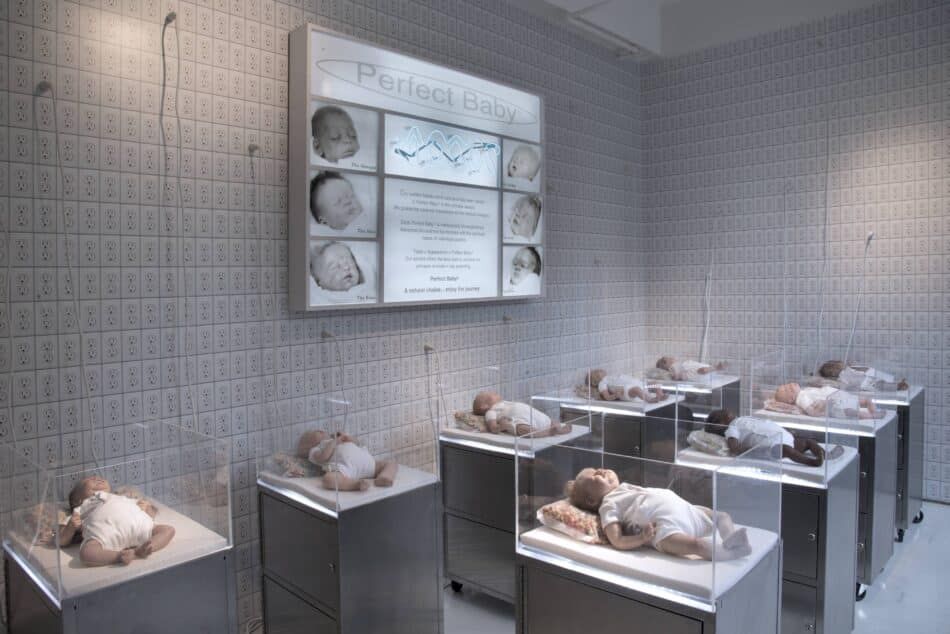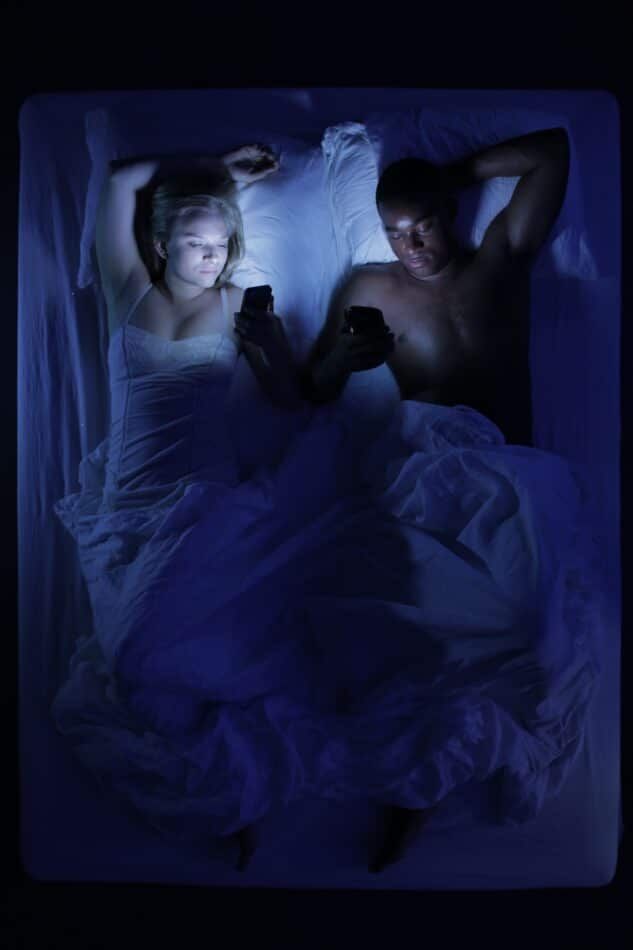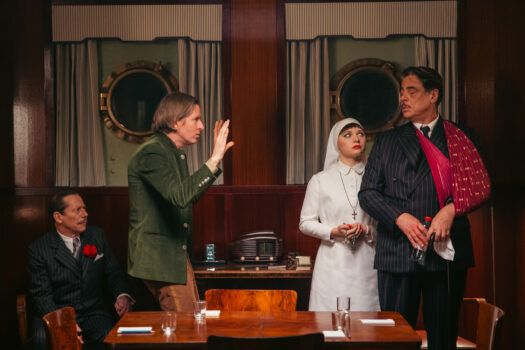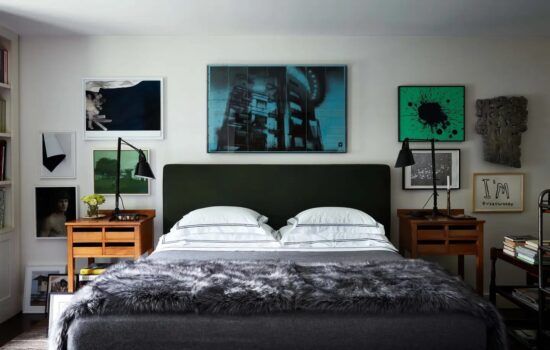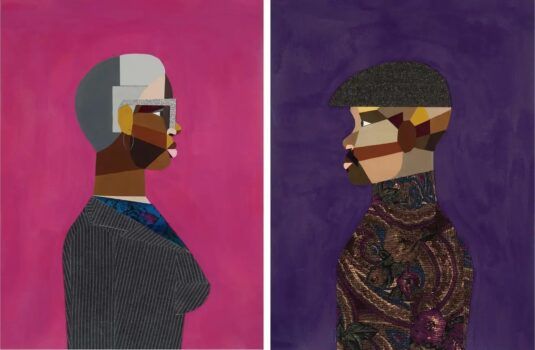Technology’s imprint on society has not gone without notice in the art world, evidenced by such recent showings as David Hockney’s large-scale paintings executed on an iPad. A dynamic example of this theme is artist Rachel Lee Hovnanian’s “Plastic Perfect,” currently on view at Leila Heller Gallery, in Chelsea, through October 18th. Hovnanian employs a variety of media to shed light on society’s dependence on “instant gratifications” as varied as social media and sugary cereals — as well as what eerie advances might be in store for the not-so-distant future.
We sat down with Hovnanian to discuss the themes that inform her work, the memories that inspire her and the projects she’s planning next.
The Study: Critics have been talking about your current show — what it says about addiction, narcissism and artificiality. Can you describe your association between technology and cereal and how you conceptualized it visually?
Rachel Lee Hovnanian: I think my message is informed by my childhood in Texas. I went to school with the children of astronauts, and artificial cereals and instant drinks, like Tang, were marketed and celebrated as foods of the future. I never forgot images of Tony the Tiger and the Trix Rabbit from rampant television commercials. My “sugar-coated” cereal box pieces covered in crushed glass appear to be leaking radioactive milk, as if bubbling from a chemical reaction we might associate with scary science fiction movies. These days, we’re all preoccupied with certain aspects of technology that command our attention, like our smart phones and computers; while we weren’t looking, genetic modification silently invaded every aisle of the grocery store. In a similar vein, my Perfect Baby Showroom showcases how genetic modification may one day allow parents to “engineer” their child with physical attributes and personality traits as desired.
TS: While your messages are often sinister or foreboding, your pieces themselves are often aesthetically pleasing. Do you always work in this way?
RLH: I try to push as many cultural and aesthetic limits as I can while using a wide range of materials. I spent three years planning the various elements of “Plastic Perfect.” The environments and installations are created as three-dimensional spaces that viewers can enter and interact with, but not necessarily with ease or comfort. Using photography, installation and sculpture, I wanted to show how digital technology has replaced intimacy in the “plastic perfect” world.
TS: That little marble teddy bear, stabbed and left behind in the middle of the gallery is a striking visual. What’s the story behind it?
RLH: Made of stone-cold Carrara marble, Poor Teddy has been put aside by parents and baby and replaced by digital technology. Have you ever forgotten or lost your laptop or cell phone? It’s like losing your security blanket, like losing your “teddy.”
TS: As you go about your life in New York and creating new work, do you find yourself collecting objects, whether vintage or new, that you preserve or present in your home?
RLH: As a matter of fact, I am inspired by and collect vintage Schwinn banana seat bicycles. I love the seats, the colors of the bicycles and the butterfly handlebars.
TS: Much of your work confronts us with visions of relationships and associations of distance and intimacy — particularly in an increasingly digital world. Is that a theme we can expect in your next project? Any hints at what is coming next?
RLH: I have been asked to work on a variation of this theme, and as you can tell white lab mice are especially intriguing to me as a symbol of fertility science and scientific research. They scamper across the sculptures and installations of Plastic Perfect. In a way, we are the new lab mice, swiping our credit cards and providing endless data to marketing experts who understand how data mining works. As for right now, Plastic Perfect is opening at the Pechersky Gallery in Moscow and I am recreating “New Year’s Feast: Beijing,” an installation that employs video screens, a dining table and traditional Chinese delicacies, in the U.S. and Canada.
See more of Hovnanian’s work on the Leila Heller Gallery storefront on 1stdibs.
